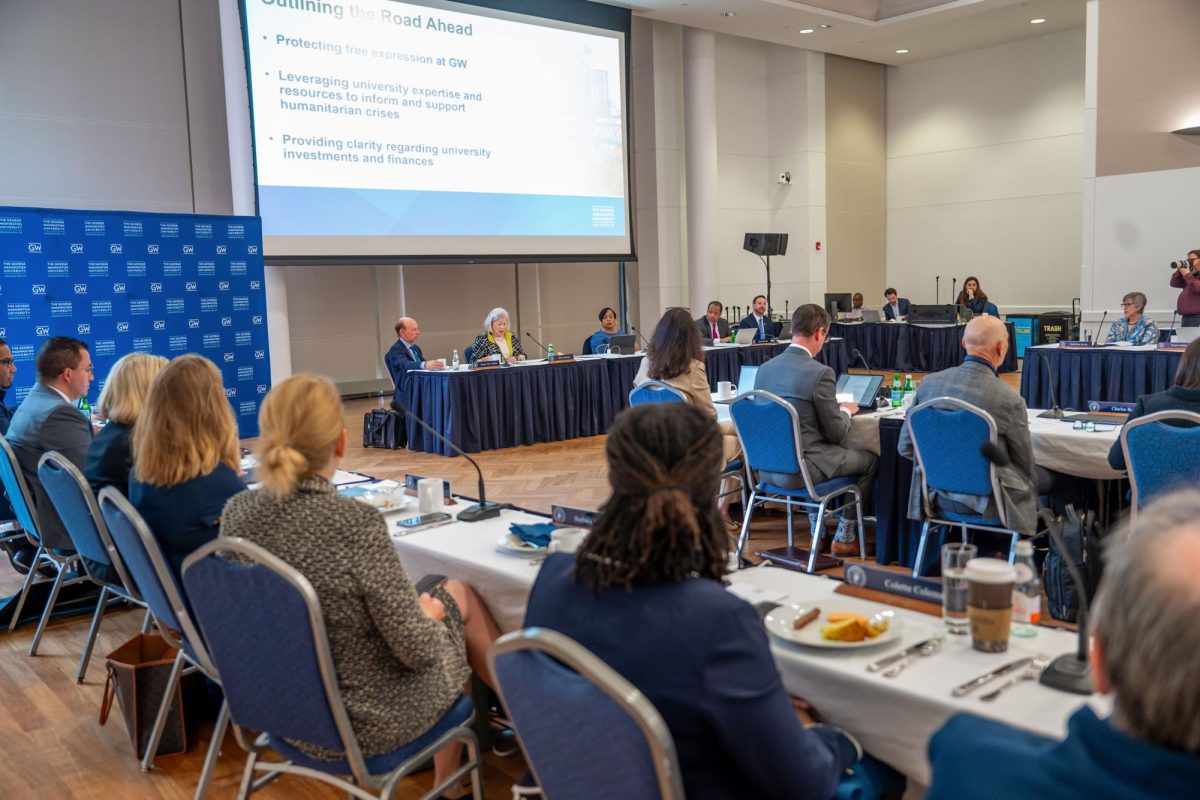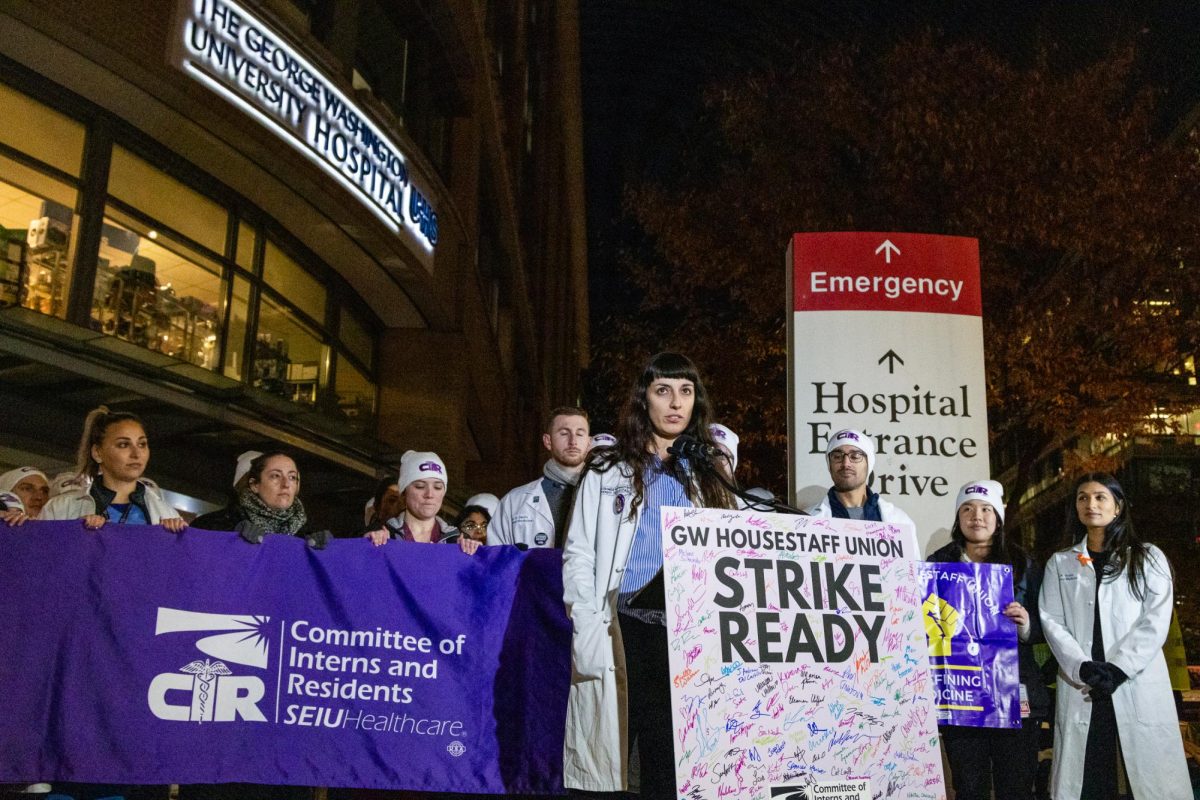Officials said they are still planning to host students on campus this fall, but faculty are working to make courses “more flexible” to adapt to potential health restrictions.
Provost Brian Blake said at a Faculty Senate meeting Wednesday that officials will likely take at least one residence hall offline to provide about 100 beds for quarantined students “at the very minimal.” The deans of the schools and colleges are working to develop hybrid options for courses for vulnerable populations or students who need to quarantine for part of the semester, he said.
“A number of the schools are already working very aggressively to make sure that can happen,” Blake said of hybrid course delivery in the fall. “I know it can be harder in some areas than others, so we want to make sure between now and the fall we’re working to make sure the campus is ready.”
Administrators unveiled three fall semester scenarios earlier this month, with a final decision expected by mid-June. Blake said the scenarios project annual losses of between $86 and $320 million based on the latest data.
Blake said he plans to meet with each school’s dean this week to discuss long-term strategies to reduce expenses and said cuts in all areas are on the table. Officials have suspended most capital projects and hirings and frozen merit pay increases, and top administrators will take a pay cut beginning July 1.
He said he has also looked at other institutions that have announced they will end in-person classes for the fall semester by Thanksgiving.
“I thought it was a great idea in general,” Blake said. “It was definitely a good suggestion.”
He said administrators are closely watching the University’s summer melt – students who commit to attending the University in the fall but do not eventually enroll – as they expect the pandemic to cause changes in enrollment levels. Undergraduate commitment deposits fell about 18 percent this year, partially due to a planned cut in enrollment.
Blake said deposits have grown to 2,411, and officials expect that number to increase to roughly 2,450 total deposits for first-year students entering in the fall. Deposits from international students and domestic students decreased by 38 percent and 6.5 percent, respectively, but the gap could decrease in size if the pandemic’s impacts lessen, he said.
“We certainly have to watch it very closely,” he said. “Schools are working for solutions to keep students protected.”
Blake said officials will also accept more transfer students than previously anticipated to enroll a greater number than the original target of 300 transfer students.
Lynn Goldman, the dean of the Milken Institute School of Public Health, said the University’s testing strategy is “under development,” but officials want to monitor the presence of the virus and antibodies that could provide a level of immunity in people.
“We’re definitely on a track of wanting to get a snapshot of everybody coming in and make sure that we’re not bringing on the campus people who we know could be infected to keep the community safer,” she said.
Goldman said officials plan to “periodically” test the campus population throughout the fall in addition to contact tracing and quarantining. She said administrators are considering testing the entire campus community for the virus weekly and for antibodies twice a month but may also sample a representative population – like testing a quarter of the population weekly.
“We’re actually not thinking about limiting testing to people with symptoms,” Goldman said. “That is the strategy that’s been undertaken by our federal government, and unfortunately, the people with symptoms are just the tip of the iceberg for the pandemic.”








